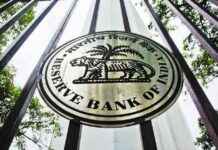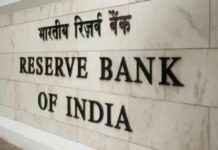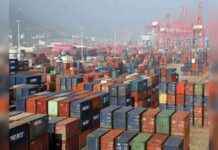The India-UK free trade agreement has finally been sealed, much to the delight of both nations. Negotiations kicked off in January 2022 and have now come to a fruitful end. Prime Minister Narendra Modi and UK Prime Minister Keir Starmer made the joint announcement on Tuesday, revealing the successful conclusion of this mutually beneficial deal.
The agreement is expected to bring about substantial gains for India and the UK, with bilateral trade projected to soar past $100 billion by 2030. In the short term, this deal will mean reduced duties by India on various goods from the UK. This includes products like whisky, cars, cosmetics, and medical devices. Additionally, Indian goods will have vast opportunities for export, skilled Indian workers will have access to more visas, and Indian professionals working temporarily in the UK will enjoy a three-year exemption from social security contributions.
According to the fine print of the agreement, a whopping 99% of Indian exports will benefit from zero duty. This will open up significant export opportunities for labor-intensive sectors such as textiles, marine products, leather goods, footwear, sports equipment, toys, gems, jewelry, engineering goods, auto parts, engines, and organic chemicals.
The UK Department of Business and Trade has revealed that Indian tariffs will see a significant slash, with reductions locked in on 90% of tariff lines. Within a decade, 85% of these tariff lines will become entirely duty-free. For instance, tariffs on whisky and gin will be halved from 150% to 75%, eventually dropping to 40% by the tenth year of the agreement. Automotive tariffs will also witness a substantial decrease from over 100% to just 10% under a quota system.
Various other goods will see reduced tariffs, which can potentially expand markets and make trade more affordable for businesses and consumers in India. These goods include cosmetics, aerospace products, lamb, medical devices, salmon, electrical machinery, soft drinks, chocolate, biscuits, clothing, footwear, and even frozen prawns.
In a recent meeting in London, India’s commerce minister Piyush Goyal engaged in discussions with UK Business and Trade Secretary Jonathan Reynolds. This meeting came after the talks were relaunched earlier this year, signifying the growing economic ties between the two nations. The current bilateral trade sits at around $60 billion and is expected to double by 2030.
Overall, the India-UK free trade agreement marks a significant milestone in the economic relations between the two countries. With reduced tariffs, increased export opportunities, and various other benefits, both India and the UK stand to gain immensely from this deal. As the agreement comes into effect, we can expect to see a boost in trade and economic cooperation between these two nations.























